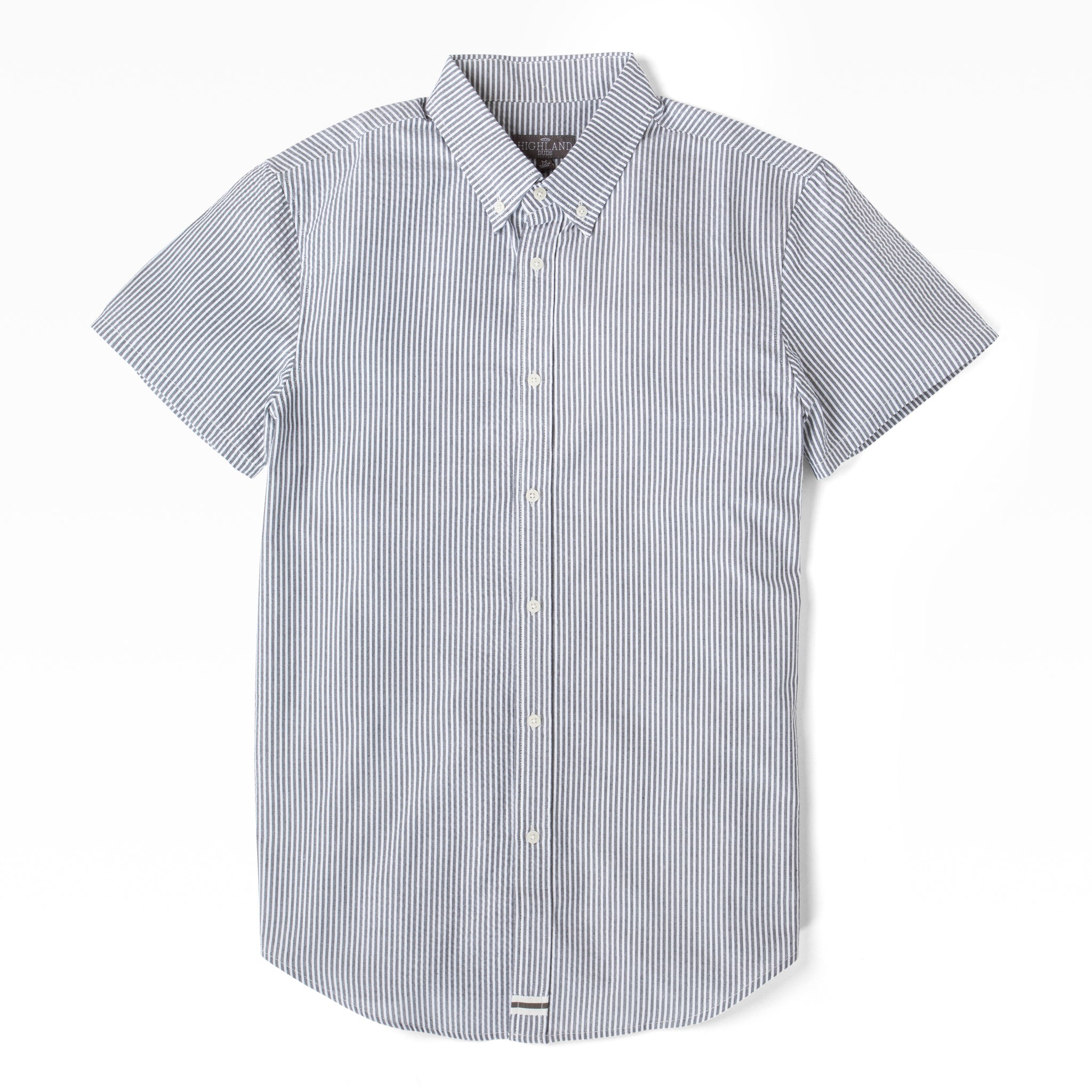Seersucker is a lightweight, woven fabric characterized by its distinctive puckered texture. The texture is created by weaving the fabric so that some threads bunch together, giving it a crinkled, wrinkled appearance in stripes or checks. Seersucker is traditionally made from cotton, but it can also be made from other materials, such as polyester.
Seersucker fabric is characterized by its distinctive crumple texture. This texture results from a unique weaving process that creates alternating smooth and crinkled (or puckered) sections in the fabric. Here's a closer look at how this texture is achieved and why it is a defining feature of seersucker:
How the Puckered Texture is Loomed
1. Weaving Technique:
-
Warp Threads: During the weaving process, some warp threads (the vertical threads) are held under higher tension, while the others are held under lower tension.
-
Resulting Texture: The difference in tension causes the fabric to bunch up in certain areas, creating the puckered effect. The sections with looser threads form the puckered stripes, while the tighter threads create the smooth stripes.
What are the benefits of the Puckered Texture?
-
Air Circulation: The texture allows for better airflow, which makes the fabric highly
breathable and comfortable to wear in hot and humid conditions.
-
Wrinkle Resistance: The natural puckering means the fabric doesn't require ironing, as its texture inherently looks wrinkled purposefully and stylishly.
-
Visual Appeal: The alternating smooth and puckered stripes give seersucker a unique and recognizable look, adding to its aesthetic value.
Where did Seersucker Fabric come from?
Seersucker fabric originated in India. The name "seersucker" comes from the Persian words "shir o shekar," which means "milk and sugar." This describes the fabric's alternating smooth and puckered textures—smooth like milk and bumpy like sugar.
-
Indian Origins: Seersucker has a long history in India, where it was known as "khasa" and was commonly used for garments. The fabric was woven in a way that created its distinctive puckered texture, making it well-suited for the hot and humid climate.
-
Introduction to the West:
- British Colonial Period: During the British colonial rule in India, British merchants and officials were introduced to seersucker. They recognized its practical benefits for hot weather and began importing it to the West.
- Popularity in the West: Seersucker became popular in Europe and the United States, particularly in the late 19th and early 20th centuries. It was favored for its lightweight, breathable nature and its unique texture.
Cultural Significance
-
Fashion in the United States:
- Southern U.S. Style: Seersucker became especially popular in the Southern United States, where the climate made its cooling properties highly desirable. It became a staple of Southern style and preppy fashion.
- Seersucker Thursday: In the U.S. Senate, "Seersucker Thursday" is a tradition where Senators wear seer sucker suits to celebrate the fabric and its historical significance.
-
Versatility: Beyond clothing, seersucker has also been used in home textiles like curtains and bed linens due to its appealing texture and practicality.
Seersucker remains an excellent choice for men's fashion today. Its unique texture, lightweight feel, and breathability make it well-suited for warm weather.





Leave a comment